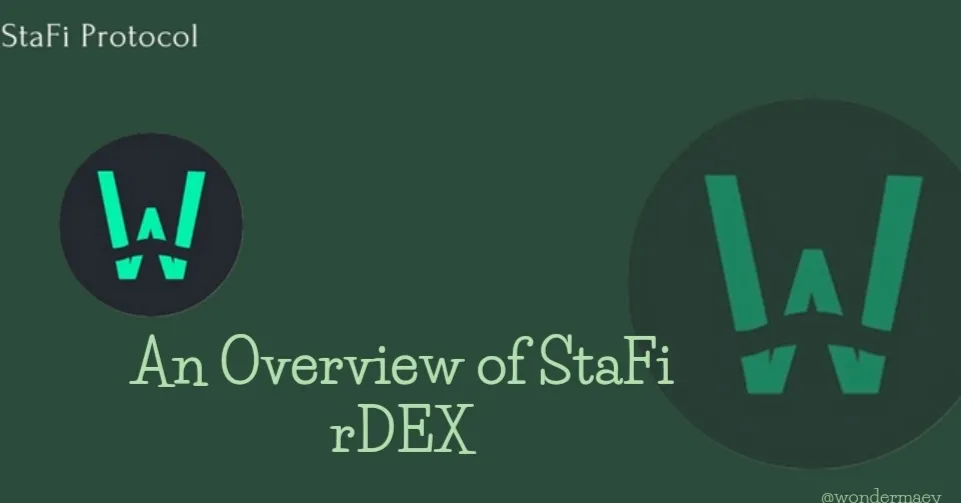
What is a DEX?
A decentralized exchange or DEX as it is popularly called is a crypto exchange that encourages peer to peer financial transactions in the crypto space without the need for a middle man, they make use of smart contracts inorder to execute transactions. There are various DEXes which cater to the crypto space enabling users to easily get liquidity for their token.
Since the inception of StaFi protocol, it's goal has been to solve the liquidity staking problems of the DeFi space. Through the invention of usable reward tokens or rTokens which are gotten when users stake their native tokens (precisely BNB, ETH, FIS, MATIC, KSM, DOT, ATOM & SOL for now) on the StaFi App, StaFi has been able to greatly reduce users liquidity staking problems.
However, this brings to the for another issue, the liquidity of rTokens. There are quite a few DEXes that offer rToken trading services but it requires a cross chain activity not to mention the issue of high transaction fees. This gave rise to the concept of StaFi rDEX V1
What is rDEX?
This is a StaFi owned decentralized exchange that will enable trading activities of rTokens on the StaFi chain. It is the solution to the problem of rToken liquidity as it will afford users the ease of doing all transactional activities on the StaFi chain with no cross chain barriers.
Benefits of rDEX
It offers a slippage protection granting low slippage to small and medium size transactions and a high transaction in comparison to the liquidity available.
It allows for a the use of FIS as a basic trading asset for all rTokens trading pairs and for liquidity provision inorder to secure the network.
With rDEX you can provide liquidity by depositing 1token or 2tokens as opposed to other exchanges.
There is a case of impermanent loss protection for long term liquidity providers from one month and above.
Future Aspirations of rDEX
More modifications and improvements will be made on rDEX:
There will be an avenue to support cross-chain of other native tokens to StaFi chain and also the use of native token/FIS trading pairs on the StaFi chain.
Listing of rTokens will be looked into to enable users buy rTokens with their native tokens for a discount.
Users who participate in FIS liquidity mining will be sure to gain rewards for doing so as a form of encouragement, also to allow liquidity providers vote with FIS to be distributed among different rToken pools.
In conclusion it is clear that StaFi protocol will remain a force to be reckoned with in terms of staking solutions with their creation of rDEX for the elimination of barriers to rToken liquidity.
For more information visit www.stafi.io
Follow @stafi_protocol on twitter